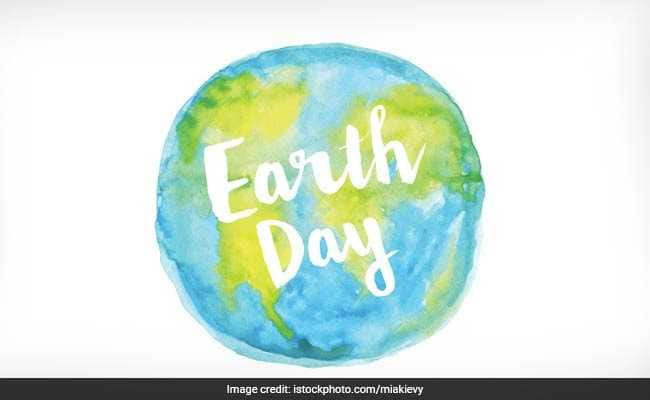DAY 5: The Sky’s the Limit!
Activity 1: Environment Day - Beat Plastic Pollution [4 points]
Every year we celebrate World Environment Day in June. On World Environment Day we do what we can to protect our planet. This year the focus is on reducing the use of plastic bags and water bottles. Watch this Environment Day video to learn more about it!hhh
What could you and your family do to protect the planet?
On your blog tell us three things that you could do to help save the planet.
1) The first thing I could do to save the planet is to try and get everyone to stop using plastic, lots of water, lots paper because if we use to much of it one day there will be none left.
2) The second thing I could do save the planet would be to the president, then I can lead the world in the right direction :)
3) The third thing I could do to save the planet would be to try and stop the gases, because they are killing a lot of people each year.
1) The first thing I could do to save the planet is to try and get everyone to stop using plastic, lots of water, lots paper because if we use to much of it one day there will be none left.
2) The second thing I could do save the planet would be to the president, then I can lead the world in the right direction :)
3) The third thing I could do to save the planet would be to try and stop the gases, because they are killing a lot of people each year.
Activity 2: Adoption Day [4 points]
Not only can you help the planet by reducing, reusing and recycling, you can also help to save animals and plants by ‘adopting’ them. To ‘adopt’ an animal through the World Wildlife Fund (WWF), you need to visit their adopt a species page, read through the list of animals and choose one.
With the WWF, you don’t actually adopt the animal and bring it home! It’s a symbolic adoption. In this case you pay a fee ($55.00) and the money is used to provide food and care for your chosen animal. Visit the WWF site and take a look at the animals who are available for adoption. Choose your ‘top three’ animals from the website.
On your blog, list the three animals that you have chosen and then compare and contrast them. How are they similar? How are they different? At the bottom of you post, tell us which of the three animals you would most like to adopt..
The three animals I picked was Macaw, Snowy Owl, Red Tailed Hawk.
Similarities
---------------
1. They are all birds.
2. They can all fly.
3. They eat the same things.
Differences ----------------
1. They are completely different colours.
2. They eat different things.
The three animals I picked was Macaw, Snowy Owl, Red Tailed Hawk.
Similarities
---------------
1. They are all birds.
2. They can all fly.
3. They eat the same things.
Differences ----------------
1. They are completely different colours.
2. They eat different things.
Activity 3: Concluding the Journey [10 points]
Sadly, the Summer Learning Journey has now come to an end. It is time to reflect on everything that you have learned about the environment and, particularly, about how you can protect and preserve it.
On your blog please tell us:
- What is one thing that you learned from participating in the Summer Learning Journey programme this year? I learned lot about the world and about other people.
- What is one thing that surprised you? How much I didn't know about the world.
- What is one thing that concerned or upset you? About the unhealthy gases and the use of plastic in this world.
- What is one thing that you (or your family) can do, moving forward, to help protect our natural environment? Not use as much plastic as we used to.